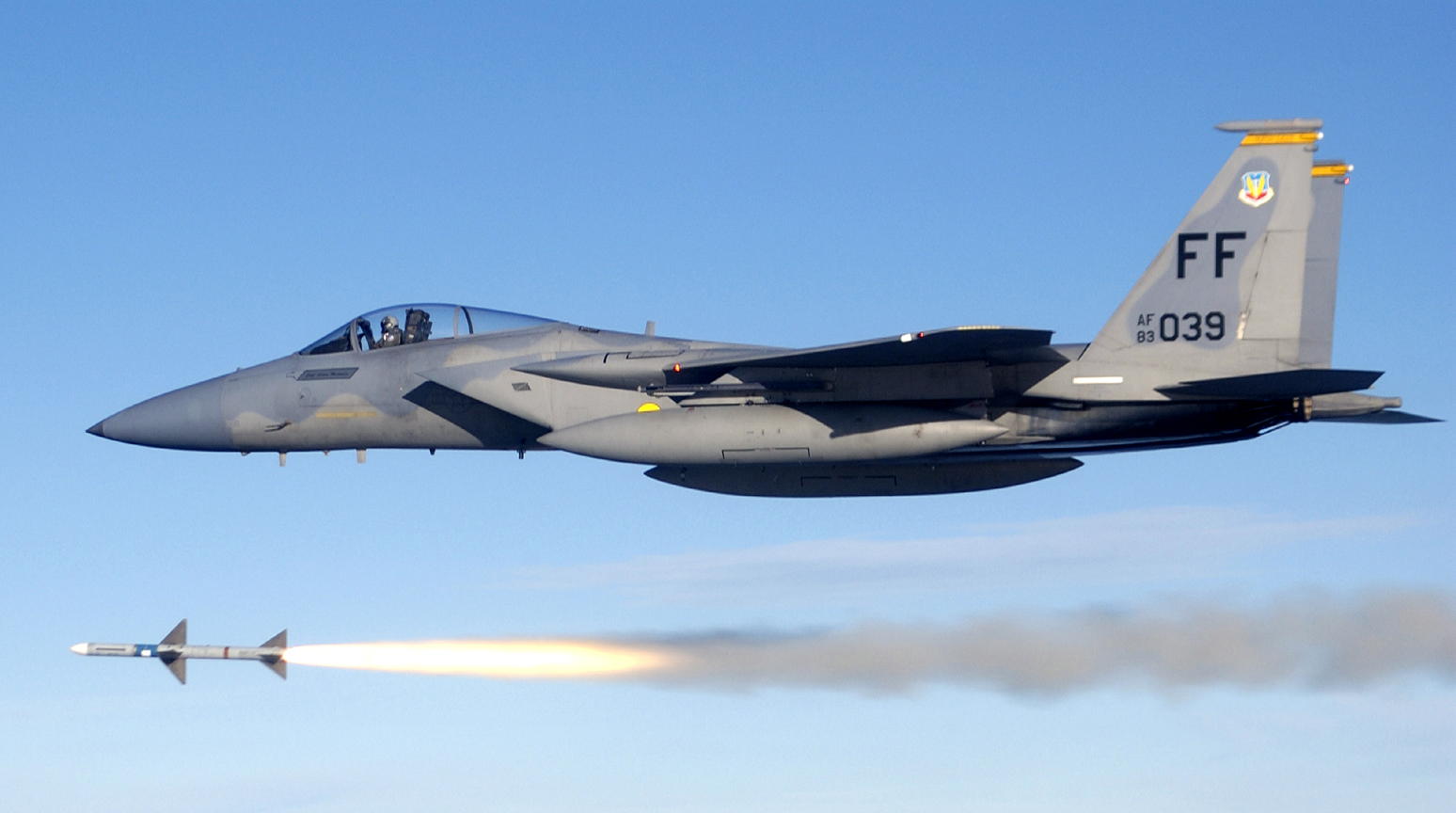On July 21, Boeing revealed that the first two F-15E of the US Air Force have started undergoing modifications at the company’s San Antonio facility to receive the Eagle passive, active warning, and survivability systems.
The Strike Eagle is expected to receive a complete electronic warfare overhaul from the Eagle Passive/Active Warning Survivability System, or EPAWSS, dramatically improving its survival rate.
According to Boeing’s announcement on July 21, “Forty-three F-15Es will receive EPAWSS” as part of the first low-rate production batch.
The USAF recently stated that it would celebrate the aircraft’s 50th anniversary this month with special events all across the country.
In March 2021, Boeing awarded a $58 million contract to BAE Systems, the company that developed the electronic warfare and jamming suite, to begin low-rate initial production (LRIP). A second LRIP contract is expected to be awarded this year, with full-rate production beginning in 2023.
The eagle returns to the nest. 🦅 The first two @USAirForce F-15Es began Eagle Passive Active Warning and Survivability System (EPAWSS) modifications. EPAWSS provides capabilities to detect and counter ground and airborne threats while improving battlefield situational awareness. pic.twitter.com/xLKJS8DP5n
— Boeing Defense (@BoeingDefense) July 21, 2022
“In May 2021, the first two F-15EX aircraft delivered ahead of schedule, participated in Northern Edge exercises with the EPAWSS suite,” Boeing said.
“During the highly contested and complex exercises, the two jets demonstrated operational potential, which set the stage for future incremental improvements, allowing the jets to exhibit proven, outstanding performance in subsequent exercises and flight test missions in October 2021 and February 2022,” Boeing added.
The Air Force originally intended to equip up to 217 F-15Es with the EPAWSS. Every new F-15EX also comes with EPAWSS as standard equipment, but the initial operational capability isn’t expected to be attained until 2025.
In April, Rep. Vicky Hartzler (R-Mo.), vice chair of the House Armed Services Committee’s tactical air and land forces panel, voiced concerns about the Air Force’s plans to reduce the F-15EX acquisition objective from 144 to 80 aircraft.
EPAWSS will replace the Northrop Grumman-made Tactical Electronic Warfare System self-protection suite for the F-15. This 1970s-era system is “functionally obsolete” and expensive to maintain.
Eagle Passive Active Warning Survivability System
The EPAWSS, according to the air force, makes use of modern computing, receiver, and transmitter technologies to give the pilot better information that can be used to take appropriate action. Boeing called the system a “transformational overhaul to the survivability of the F-15.”
The system is intended to provide the F-15 pilot with a way to locate, identify, and jam enemy radar while misleading the enemy about the F-15’s precise location and heading.
Due to its wide instantaneous bandwidth and high-speed scan capability, the EPAWSS can detect all RF threat classes, including the low probability of intercept and contemporary agile threats.

According to Bae Systems, its electronic countermeasures (ECM) toolbox uses techniques that have been successfully used for many years to defeat threats. It can be programmed to do so for both present and future threats.
The EPAWSS “makes the most of mission effectiveness and survivability for the F-15 in contested environments,” said Prat Kumar, Boeing vice president for F-15 programs. The system “further strengthens a competent, lethal aircraft.”
He said the F-15E and EX have “proven they can perform across a large-force environment to penetrate advanced enemy air defenses and improve mission flexibility.”
EPAWSS is just one of many significant improvements made to the F-15E in recent years, along with the new Raytheon AN/APG-82 AESA radar and a few specialized features like the AN/ASQ-236 “Dragon’s Eye” radar pod.
Also, the system is fully digitalized. It is also physically smaller than the previous system and can be upgraded to add new capabilities to counter evolving threats. Another significant advantage is that it will require less maintenance and be more dependable than older technology.
The new system guarantees the F-15E’s ability to survive contested airspace scenarios that the Air Force might anticipate encountering. The system is a crucial part of an effort to ensure the Strike Eagle’s continued viability after 2040.
However, the Government Accountability Office (GAO) recently revealed in a report that the testing challenges pose the risk of delays, such as the system’s “underperformance in dense background frequency environments and with threat radar direction finding.”
The EPAWSS program “must address these issues to avoid future schedule delays and satisfy its current operational requirements,” GAO states.
“As a result, the program added additional software integration and test capability and is prepared to accept performance as-is in certain areas, with some requirement changes under consideration,” the GAO’s report added.
The GAO found that the program still needs to adhere to best acquisition practices for production fully. For instance, the program won’t test a production-representative prototype in its intended environment until April 2023.
- Contact the author at ashishmichel@gmail.com
- Follow EurAsian Times on Google News




